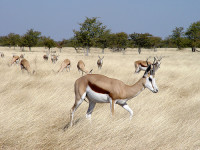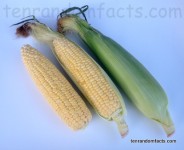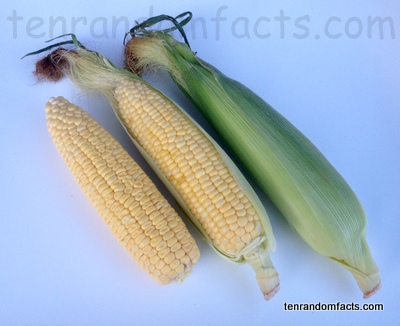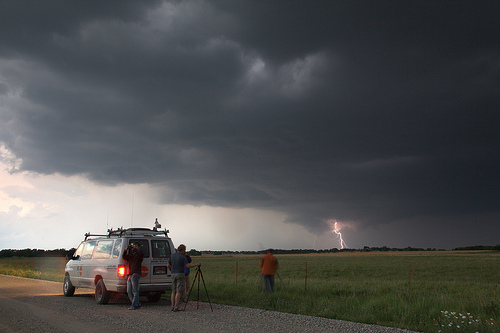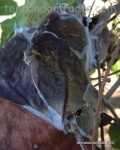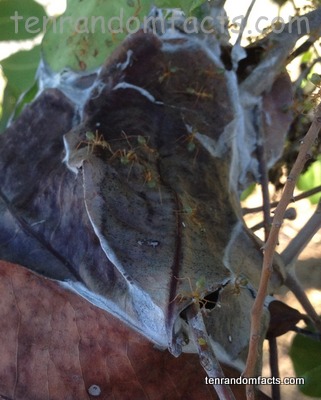
Take a medallion as your prize.
- A medal is a flat, generally disc-like piece of metal, typically engraved and awarded to a person or group, that has accomplished a significant achievement.
- ‘Medals’ are also called ‘medallions’, and large ones are often known as ‘table medals’.
- The term ‘medal’ originates from the Latin words ‘medalia’ – a coin having a value of half a denarius, or ‘metallum’ – meaning ‘metal’ which developed into a word meaning ‘coin’.
- Medals may be hung from a ribbon to be worn around one’s neck or pinned onto clothing, depending on their design and purpose.
- Typically, medals have an embossed design that may include symbols or faces, as well as text.
- The earliest known record of a medal was in the 300s BC, and they were particularly used in the Greek and Roman societies and often made of, or similar to, golden coins.
- The common metals used in the making of medals are gold, tin, platinum, bronze, copper, iron and silver, and sometimes a combination of materials are used.
- Medals can vary greatly in size, from those as small as pendants, to those much too large to wear.
- Medals are commonly distributed to those who are top achievers in the educational, military, sporting and scientific fields.
- Some artists use medals as their primary canvas, popularly engraving portraits, and they are known as medallists.
Bibliography:
Medal, 2015, Wikipedia, https://en.wikipedia.org/wiki/Medal





